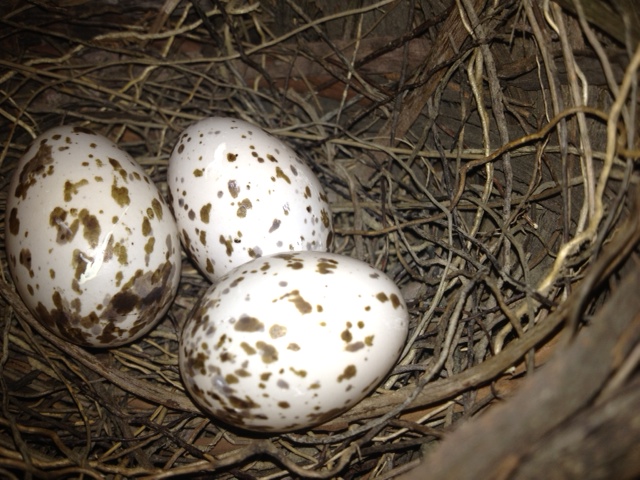Science and Technology are inherently linked. In the case of citizen science, technology has quite literally opened up a world of information. In particular, technology has bridged the divide between little Jimmy Smith in Year 5 and Professor Ignatius D. Pardalote, a global expert conducting research on the intricate feeding patterns of the Powerful Owl (Ninox strenua) in Dry Schlerophyll Woodland Communities in Eastern Australia. This link is beneficial for both parties:
- Professor Pardalote can now ask Jimmy about the intricate feeding patterns of Ninox strenua in his backyard or schoolground; and
- Jimmy Smith now has a very important job of recording and analysing data which will help save the Powerful Owl from extinction.
In short, citizen science engages members of the public to take part in scientific research studies by assisting to collect data about wildlife or natural areas. Robert Simpson states that citizen science can be best understood from understanding where it fits and what kinds of activities in entails:
“We are at the beginning of a citizen science renaissance online. After hundreds of years, beyond the purview of bug-collectors and bird-watchers (all very important work, I hasten to add), we are finally able to tap into the cognitive surplus – the population’s free time – and attempt truly distributed research.”
For us teachers though, it’s not about tapping into our free time – WE HAVE NONE! – It’s about taking our students outside and watching their eyes widen through binoculars as they lie on their backs and observe, or watching them channel David Attenborough as they quietly attempt to identify a bird species before it flies off. But in doing so, each and every one of them is engaged in a real-life scientific enquiry. You’re facilitating your students’ participation in a specific research project to enhance the range and depth of data available to researchers.  Citizen science projects such as Birds in Backyards and School of Ants meet numerous outcomes from the new Science K-10 Syllabus, including Working Scientifically, Working Technologically, and the Natural Environment (Living World). In addition, collation and analysis of the data meets Mathematics K-10 Outcomes such as Statistics and Probability (Data) and Measurement and Geometry (Location).
Citizen science projects such as Birds in Backyards and School of Ants meet numerous outcomes from the new Science K-10 Syllabus, including Working Scientifically, Working Technologically, and the Natural Environment (Living World). In addition, collation and analysis of the data meets Mathematics K-10 Outcomes such as Statistics and Probability (Data) and Measurement and Geometry (Location).

Almost the best part of all for citizen science in schools is that all the hard work’s done! The aim of citizen science is to make data collection completely user-friendly. Those clever Professors have provided you with everything you and your students need to take part in the research. Some of them even create lesson plans and supplementary activities for your students!
For us EEC teachers, the best part of all is seeing students become aware of the world they live in and seeing them apply that awareness to action. Not only does citizen science add to learning outcomes for students and research outcomes for scientists, it starts little Jimmy Smith and his classmates on a journey of discovery to make a difference to the environment around them. They’ve found out the “What?”, now let them ask “Why?”… Why are there far less small birds than big birds in our schoolground? Is this a good thing? Why are there lots of one species but not many other species? And most importantly, how will we make our schoolground a better habitat for native birds and other animals? 




